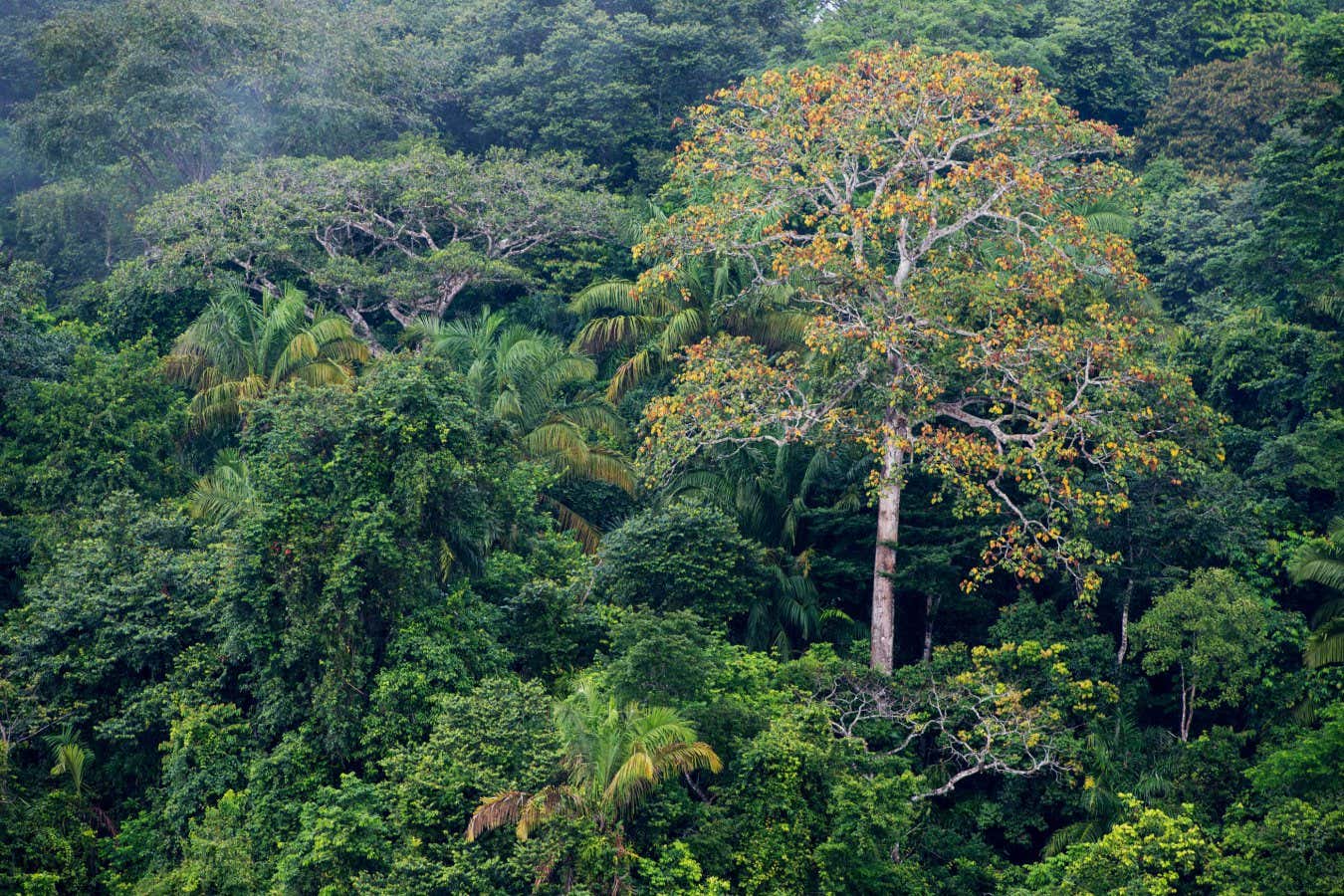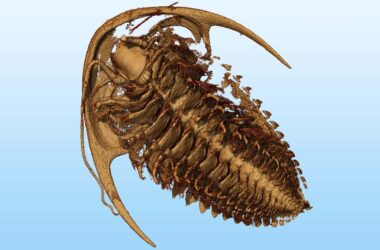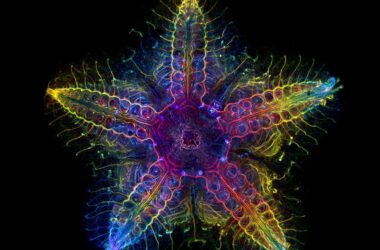In tropical forests, trees of the same species are often spread out with large spaces in between them. This pattern of growth could be a defense mechanism against pests like insects and fungal pathogens. Understanding this makeup can help with the conservation of these forests.
According to Annette Ostling at the University of Texas at Austin, enemy species such as insect herbivores and fungal pathogens are specialized to different tree species. When trees of the same type are closely grouped together, it becomes easier for these pests to move from one tree to another. For example, insects can attack nearby seedlings by dropping from a colony on a tree, and fungal pathogens can spread through water splashes to other trees of the same species. By spreading out, trees can minimize the risk of pest transmission.
To investigate how this distribution affects tree patterns in tropical forests, Ostling and her colleagues studied data collected over three decades from Barro Colorado Island in the Panama Canal. They focused on a 50-hectare plot and used previous mapping data of tree locations and seed dispersal distances to create a computer model.
The computer model estimated what the forest would look like if trees grew based on where their seeds were most likely to land. The researchers found that, in reality, trees of the same species were three times further apart than expected from the computer model.
The main reason for this pattern is the presence of enemy species. Seeds that land close to their parent tree are more likely to be attacked and less likely to grow into a tree. This diversity of tree distribution also helps minimize the transmission of tree-specific pests.
Ostling suggests that enemy species may have a similar role in non-tropical forests but to a lesser extent. The climate in tropical forests provides favorable conditions for pests. Insect populations can thrive year-round without winters, and hot weather is conducive to the spread of fungal pathogens.
These findings align with previous studies that indicate tropical trees thrive when they are further apart from others of their kind. It is crucial to understand the reasons behind forest composition, especially considering processes like deforestation that can threaten biodiversity in these habitats, says Kyle Harms from Louisiana State University.
Insights:
– Tropical forests have a diverse range of trees, with large spaces between trees of the same species, which protects them against pests.
– Enemy species like insects and fungal pathogens can easily move from tree to tree when the same type of trees are close together.
– Trees of the same species in tropical forests are often three times further apart than expected.
– Enemy species play a major role in shaping the distribution of tropical trees and reducing the transmission of tree-specific pests.
– The climate in tropical forests provides favorable conditions for the proliferation of enemy species, which is less likely in non-tropical forests.
– Understanding forest composition is important for conservation efforts, especially in the face of threats like deforestation.








